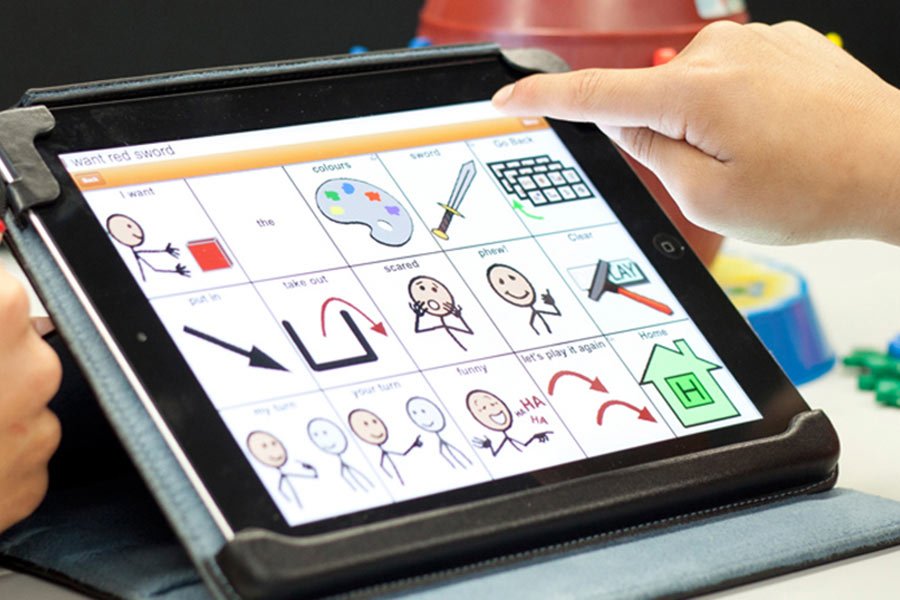Benefits of an AAC Device
Would my child benefit from an augmentative and alternative communication device?
In speech therapy, the main goal will always be to find the most efficient and effective way to communicate. That may be through verbal communication, but it may also be through hand signs, pictures, or an augmentative and alternative communication (AAC) device.
Children who often benefit from AAC devices are those with Autism, Down Syndrome, Apraxia, are non-verbal, or have fewer than 5-10 verbal words. It is not necessary for a child to have another medical diagnosis in order to qualify for an AAC device.
Some of the most common questions and comments I get from parents are, “if my child uses the device, won’t that keep them from learning to talk?” or “I’m afraid if they have the device they won’t want to try and talk.” Many years of research have proven just the opposite! Let me explain. An AAC device can actually help a child learn the skills to verbally communicate. I don’t know how many times I’ve met a child who would rather imitate lines from a favorite show, YouTube video, or sounds within the environment instead of their caregiver or speech language pathologist. This tells us those children are learning best from visuals combined with an auditory input. Have you ever noticed how some kiddos who struggle to communicate know exactly how to unlock a phone, find a specific app, and play a certain game or turn on a favorite clip? This is because they have learned the cause and effect of that motor plan to get what they desire most! Communication devices help us use those skills to teach kids functional communication.
Does your child seem to have difficulty understanding cause and effect? That’s okay! AAC devices can be used to teach this skill. Let’s say your child loves bubbles. To request bubbles, they may bring the bubbles to you and put them in your hand or take you by the hand to show you the bubbles. While the child is communicating by showing you what they want, they aren’t learning to communicate in the most effective way. What if the child doesn’t know where the bubbles are to bring them to you? This is where an AAC device comes into play. The word “bubbles” can be put on an AAC device so that every time the “bubbles” button is pushed you know exactly what your child wants in a much more timely manner. When your child uses the device to request “bubbles,” you would respond as if they had said the word on their own: “Sure we can play with bubbles! Let’s go get them.”
Does your child have limited mobility or difficulty with fine motor skills? Not a problem! Technology has been a game changer in the world of AAC. Common devices used today are often applications that can be downloaded onto iPads or other handheld devices. The screen can be individualized just for your kiddo to either have several big buttons or many little buttons. We can add a grid to the iPad to better help separate the buttons from one another. There are also many switch buttons for limited hand and arm mobility. For example, if your child is in a wheelchair, we could introduce and place a tilt switch on their head rest so they can access the button by tilting their head. If they have more limb control, we could position a jelly bean switch on their chair near any part of the body (elbow, knee, leg, foot, etc.). If mobility is extremely limited, we can even introduce a device that tracks eye movement!
Oftentimes, introducing an AAC device is just the thing kids need to kick-start their understanding of communication. I’ve seen kids use an AAC device for as few as 3 months, then before we know it they are imitating more independently and don’t need the device any longer. I’ve also seen kids use a device for years and years, then all of a sudden at 10-years-old, they begin to verbally communicate. There have also been individuals who go on to use AAC devices so fluently they speak full paragraphs, write books, or even give speeches using their device! Check out this video of Elizabeth Bonkers giving her valedictorian speech via AAC!
If you are feeling like your child has so much to say, but they can’t get it out or find yourself often saying “I wish I knew what was going on in their head” an AAC device is likely a great option for your child at this time! Please give us a call or stop by our office to learn more about AAC devices and how they may benefit your child.


